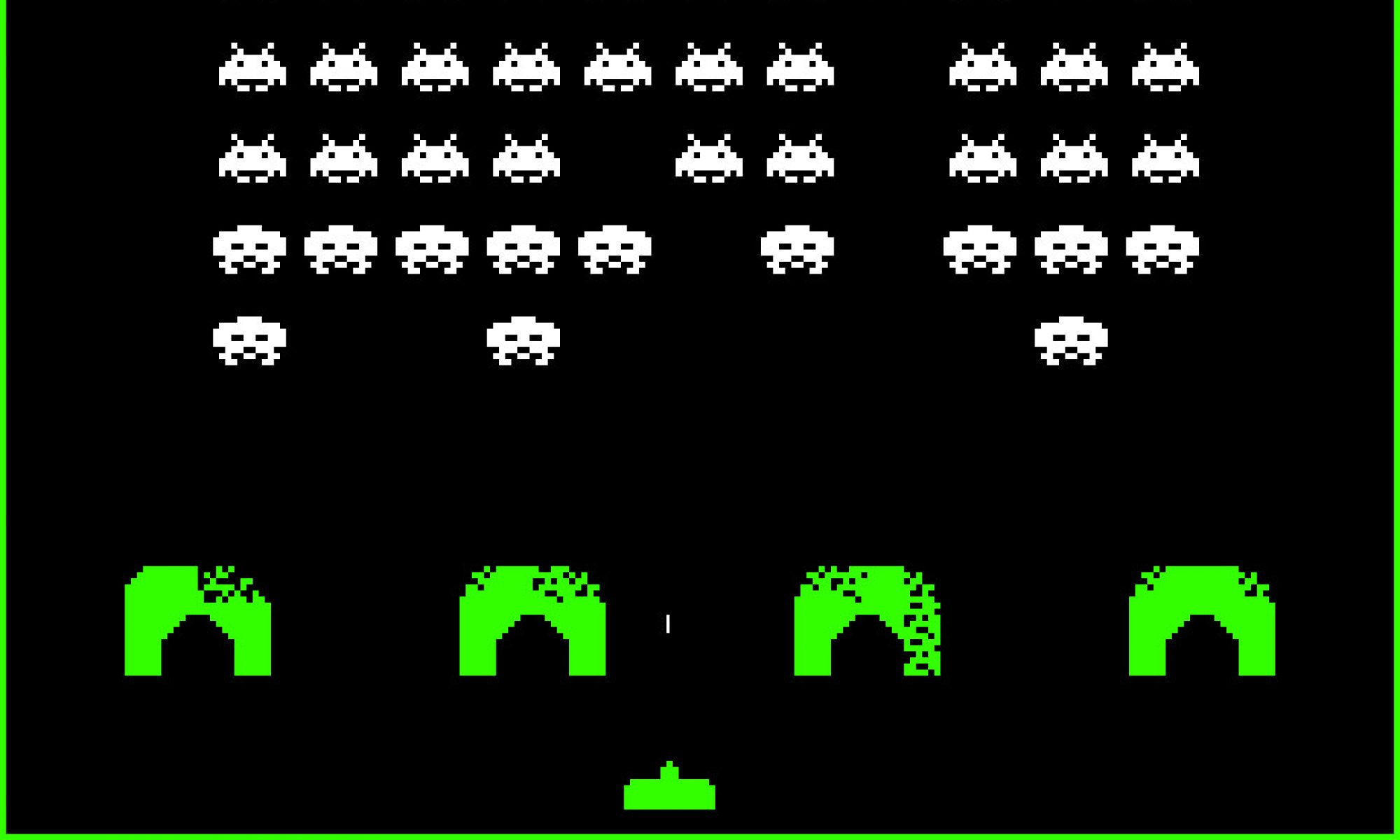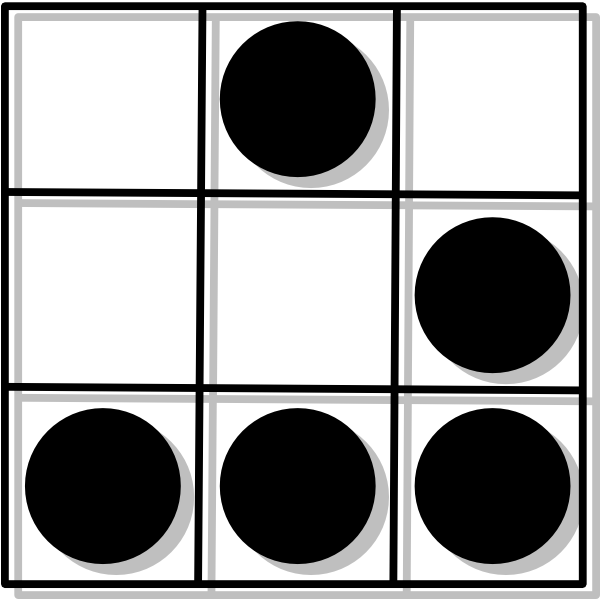When a device is added to Ceph, it is assigned a weight that reflects its capacity. For instance if osd.1 is a 1TB disk, its weight will be 1.0 and if osd.2 is a 4TB disk, its weight will be 4.0. It is expected that osd.1 will receive exactly four times more objects than osd.2. So that when osd.1 is 80% full, osd.2 is also 80% full.
But running a simulation on a crushmap with four 4TB disks and one 1TB disk, shows something different:
WEIGHT %USED
osd.4 1.0 86%
osd.3 4.0 81%
osd.2 4.0 79%
osd.1 4.0 79%
osd.0 4.0 78%
It happens when these devices are used in a two replica pool because the distribution of the second replica depends on the distribution of the first replica. If the pool only has one copy of each object, the distribution is as expected (there is a variation but it is around 0.2% in this case):
WEIGHT %USED
osd.4 1.0 80%
osd.3 4.0 80%
osd.2 4.0 80%
osd.1 4.0 80%
osd.0 4.0 80%
This variation is not new but there was no way to conveniently show it from the crushmap. It can now be displayed with crush analyze command. For instance:
$ ceph osd crush dump > crushmap-ceph.json
$ crush ceph --convert crushmap-ceph.json > crushmap.json
$ crush analyze --rule replicated --crushmap crushmap.json
~id~ ~weight~ ~over/under used~
~name~
g9 -22 2.299988 10.400604
g3 -4 1.500000 10.126750
g12 -28 4.000000 4.573330
g10 -24 4.980988 1.955702
g2 -3 5.199982 1.903230
n7 -9 5.484985 1.259041
g1 -2 5.880997 0.502741
g11 -25 6.225967 -0.957755
g8 -20 6.679993 -1.730727
g5 -15 8.799988 -7.884220
shows that g9 will be ~90% full when g1 is ~80% full (i.e. 10.40 – 0.50 ~= 10% difference) and g5 is ~74% full.
By monitoring disk usage on g9 and adding more disk space to the cluster when the disks on g9 reach a reasonable threshold (like 85% or 90%), one can ensure that the cluster will never fill up, since it is known that g9 will always be the first node to become overfull. Another possibility is to run the ceph osd reweight-by-utilization command from time to time and try to even the distribution.
Counting PGs, not objects
When analyzing the crushmap, the results must be compared to the Ceph PG distribution, not the object distribution. For instance in a pool with 5000 PGs and two replicas, crush analyze will show which osd are assigned to which PG. It is assumed that each PG will get an equal number of objects because they are distributed using the equivalent of a modulo. For instance in the following:
$ ceph osd df tree
ID WEIGHT REWEIGHT SIZE USE AVAIL %USE VAR PGS TYPE NAME
-1 4.09999 - 1107G 817G 290G 73.77 1.00 - root default
-2 4.09999 - 1107G 817G 290G 73.77 1.00 - host 7e302bd2aa5a
0 1.00000 1.00000 221G 163G 59528M 73.76 1.00 1206 osd.0
1 1.00000 1.00000 221G 163G 59469M 73.78 1.00 1239 osd.1
2 1.00000 1.00000 221G 163G 59517M 73.76 1.00 1198 osd.2
3 1.00000 1.00000 221G 163G 59496M 73.77 1.00 1253 osd.3
4 0.09999 1.00000 221G 163G 59486M 73.78 1.00 128 osd.4
TOTAL 1107G 817G 290G 73.77
MIN/MAX VAR: 1.00/1.00 STDDEV: 0.01
which contains one pool of size 1, the PGS column shows osd.4 has 10 times less PGs than osd.1 which exactly matches the ratio between their respective weights (1 / 0.09999). Changing to a size 3 pool shows osd.4 has 6 times less PGs than osd.1 although it has 10 times less space. It will therefore fill more quickly than the larger disks.
$ ceph osd df tree
ID WEIGHT REWEIGHT SIZE USE AVAIL %USE VAR PGS TYPE NAME
-1 4.09999 - 1107G 817G 290G 73.81 1.00 - root default
-2 4.09999 - 1107G 817G 290G 73.81 1.00 - host 7e302bd2aa5a
0 1.00000 1.00000 221G 163G 59424M 73.80 1.00 3645 osd.0
1 1.00000 1.00000 221G 163G 59389M 73.82 1.00 3676 osd.1
2 1.00000 1.00000 221G 163G 59410M 73.81 1.00 3562 osd.2
3 1.00000 1.00000 221G 163G 59385M 73.82 1.00 3598 osd.3
4 0.09999 1.00000 221G 163G 59424M 73.80 1.00 543 osd.4
TOTAL 1107G 817G 290G 73.81
MIN/MAX VAR: 1.00/1.00 STDDEV: 0.01
Observing the failure domain, not the devices
Many crushmaps are designed to require that copies of the same object are on different hosts, because the cluster must sustain the failure of a host without loosing more than one copy of the object. This is expressed in a crush rule with a step like:
step chooseleaf firstn 0 type host
where the host is the type of the bucket designated as the failure domain. When the crush rule selects hosts for a PG, it is entirely possible that the same host comes up twice. In this case it is rejected (possibly multiple times) until another suitable host is found. In other words drawing the second host in a PG depends on which host was drawn first and this conditional probability is the source of the unbalance. Since it happens at the host level (or more generally at the failure domain level) crush analyze only displays hosts and not devices:
$ crush analyze --rule replicated --crushmap crushmap.json
~id~ ~weight~ ~over/under used~
~name~
g9 -22 2.299988 10.400604
g3 -4 1.500000 10.126750
g12 -28 4.000000 4.573330
g10 -24 4.980988 1.955702
g2 -3 5.199982 1.903230
n7 -9 5.484985 1.259041
g1 -2 5.880997 0.502741
g11 -25 6.225967 -0.957755
g8 -20 6.679993 -1.730727
g5 -15 8.799988 -7.884220
There is a correlation between the host weight and the usage difference. The devices are within the hosts and the usage difference they show exclusively come from the usage difference of the bucket that contain them. Since there can only be one device selected for a bucket in the failure domain, there can be no rejection and therefore no conditional probability to modify the distribution set by the device weights.
$ crush analyze --type device --rule replicated \
--crushmap crushmap.json
~id~ ~weight~ ~over/under used~
~name~
osd.35 35 2.299988 10.400604
osd.2 2 1.500000 10.126750
osd.47 47 2.500000 5.543335
osd.46 46 1.500000 2.956655
osd.29 29 1.784988 2.506855
osd.1 1 3.899994 2.315382
osd.37 37 2.681000 2.029613
osd.38 38 2.299988 1.869548
osd.27 27 1.699997 1.275095
osd.21 21 1.299988 0.666766
osd.0 0 3.199997 0.515785
osd.20 20 2.681000 0.487172
osd.8 8 2.000000 0.131729
osd.44 44 1.812988 -0.155715
osd.11 11 2.599991 -1.238497
osd.3 3 1.812988 -1.357188
osd.9 9 4.000000 -1.616832
osd.13 13 2.679993 -1.900721
osd.26 26 3.000000 -7.577257
osd.25 25 2.799988 -7.733660
osd.24 24 3.000000 -8.331705
Thanks
Many thanks to Nathan Cutler for proofreading part of this post. The well written parts are from him, the rest is my doing.

